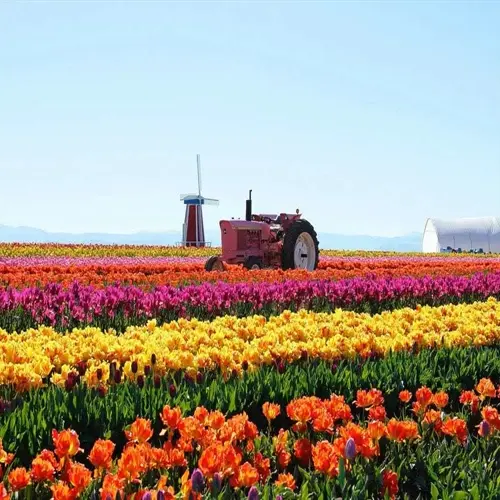Can plants survive with only artificial light?

Written by
Kiana Okafor
Reviewed by
Prof. Charles Hartman, Ph.D.Plants can thrive under artificial light alone when given the proper conditions. High-quality, full-spectrum LEDs will provide all the necessary frequencies for healthy photosynthesis. Success requires a balance between PPFD (the amount of light reaching the plant for metabolic processes) and the Duration of daily light integral, tailored to the species. I've had a thriving basil and pothos for years in no natural light.
Spectrum Quality
- Full-spectrum coverage between 400-700nm PAR range
- Includes blue for foliage and red for flowering
- Green light supports deeper canopy penetration
- My plants failed under limited-spectrum lights initially
Intensity Management
- PPFD measurements from 50-800 μmol/m²/s
- Low-light plants need 50-150 μmol/m²/s
- High-light species require 500-800 μmol/m²/s
- I use affordable meters to maintain accuracy
Consistent Photoperiods
- Daily light integral must match plant needs
- Timers maintain consistent 10-16 hour cycles
- Include 6-8 uninterrupted dark hours
- My automated system prevents timing errors
Placement distance plays a significant role in determining the effectiveness of the light. Position your LEDs 6" to 24" from the plant canopies. Closer placement increases light intensity, but it also runs the risk of causing light burn. I keep my herbs at 10" and the succulents at 14. Weekly adjustments of the lamps prevent any stretching or issues with light quality.
Full-spectrum LEDs outperform other sources when used exclusively for artificial light. These bulbs emit balanced wavelengths without excessive heat production. This promotes growth in the root system and foliage. Those with hydroponic lettuce find that it grows faster under full-spectrum lights than it does outdoors in a garden. Their use of energy makes it possible and, under the circumstances, inexpensive from the standpoint of their long-term operation.
Watch plants for signs of successful adaptation. New growth should be compact and vigorous. Leaf colors should be true to type. Flowering plants produce flower buds regularly. My African violets bloom throughout the year, due to artificial lighting. Changes should be made to the environment immediately if signs of stress are detectable.
Begin small with one plant group under special lighting. Take weekly pictures and measurements to follow the progress. Gradually take on more as you gain confidence. My basement garden now boasts a total of thirty species of plants thriving in complete darkness. Proper artificial light creates unlimited possibilities.
Read the full article: Indoor Plant Lighting: A Complete Guide

